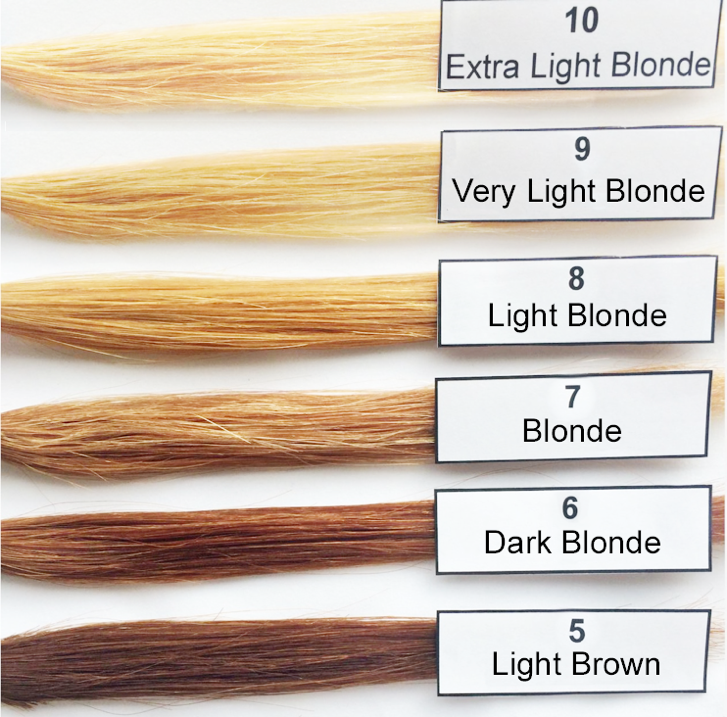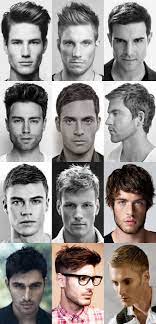
Hairstylists recommend staggered bleaching sessions to minimize damage and ensure maximum benefit for dark locks. However, the exact number of bleaching sessions required depends on several variables. Your starting shade and desired results will both affect how light one session can make your hair.
Level 1: Dark Brown
Most people achieve this result when bleaching black or dark brown hair, with red pigments dissipating while yellow tones become lighter. To avoid brassiness, qualified hairdressers recommend breaking up the bleaching process into multiple sessions so you can gradually lighten your locks while keeping them healthy – this may require up to four bleaching sessions!
Level 2: Medium Brown
Medium brown is an intermediate shade between jet black and auburn that works well in bold-hued hair shades. It complements any individual with natural levels ranging from 2 to 7.5. Starting here is the key to successfully lightening your hair, particularly with high porosity hair, because bleach can be harsh on its cuticle layers.
Level 3: Light Brown
This light brown bleach level is often found in hair dyes and can look especially striking when applied to natural hair colors between Levels 2-7.5. Any unwanted copper tones could be correctedby using blue or purple techniques as corrective toning agents. Bleaching hair at this level requires higher volumes of peroxide, which may damage strands even further. Therefore, professionals are recommended for this level of bleaching.
Level 4: Dark Blonde
Chunky TikTok-inspired front streaks are an increasingly fashionable look that’s easy to achieve with bleached hair. It flatters anyone from Level 2 to 6.5 natural hues. Attaining this shade requires one lightening round using powder bleach and a 20-volume developer. High-porosity hair may need multiple sessions of lightening in order to avoid severe damage and take longer than low-porosity strands to bleach.
Level 5: Light Blonde
Dark blondes should move toward lighter, brighter shades as their next step, so for best results, if bleaching your locks this way, it is recommended that they consult a hair professional as doing it incorrectly can be damaging. Bleaching sessions should be undertaken gradually; any too-light-too-fast approach could damage your hair.
Level 6: Medium Blonde
At this level, most natural blondes can be found. Their hue is exceptionally light, with no yellow pigmentation as a base for pastel or blue-based shades. Be mindful that going too many levels lighter in one bleaching session can cause irreparable damage to your locks, leaving them dry, brittle, and weak. Therefore, it is recommended to lighten hair over multiple sessions gradually!
Level 7: Light Blonde
Yellow tones have been removed from the hair at this level, creating a light blonde shade. At this stage, bleaching your own locks may be too damaging, so professional assistance should always be sought before proceeding further with bleaching treatments. Before bleaching sessions begin, determine both your current natural hair color and desired end goal hair color to ascertain how many bleaching sessions will be necessary to reach it. Remember that bleach is harsh on hair strands; too many sessions could result in severe damage.
Level 8: Light Brown
Your hair can reach its lightest shade at this level without bleaching again. Achieve this level by applying low-volume developer to dark locks. Lightening your hair requires multiple sessions for best results, depending on factors like natural hair color and porosity, which influence how much melanin is lifted each session. Bleaching too rapidly can result in significant hair damage, so perform a strand test beforebefore each bleaching session and deep condition between bleaching sessions.
Level 9: Medium Blonde
This bleaching level achieves a natural light brown tone with yellow undertones. This is the lightest shade achievable while still having hair capable of holding semi-permanent dyes. As with any form of hair coloring, it’s always best to conduct a strand test to monitor how the bleach affects your locks. If your strands feel sticky or stretchy, stop bleaching immediately and wash out.
Level 10: Light Brown
At this level, strands have been dyed a very light blonde hue without any bright yellow pigmentation, allowing toning to diminish unnatural reds, oranges, and yellows that bleach produces. Reaching this level without multiple bleaching sessions is no simple feat, and only experienced salon colorists will be able to do it while keeping hair healthy successfully. To attain it without excessive shampooing after bleaching sessions, it’s essential that frequent shampooing after bleaching occurs to allow hair’s natural moisture content to remain intact and retain its full potential.

